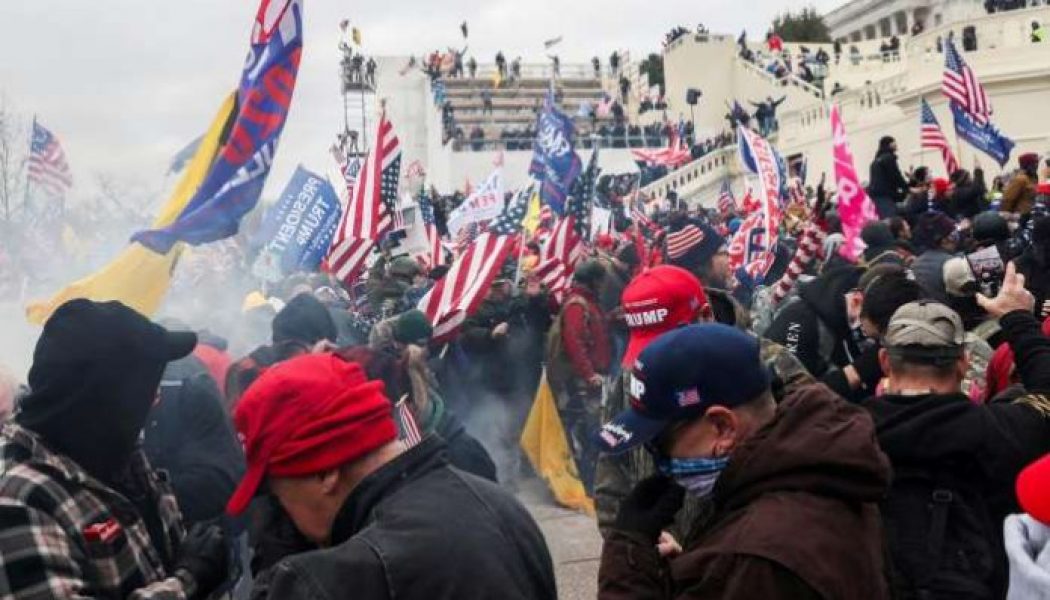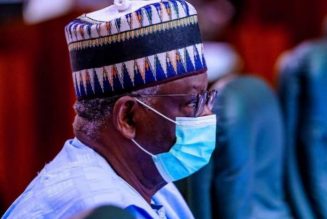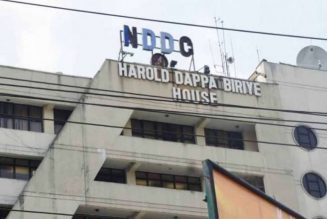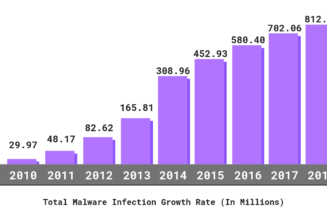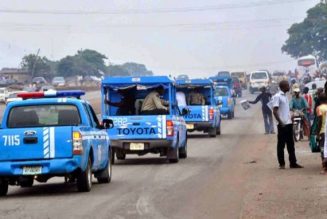
Concerns are mounting about the health of lawmakers and other people in the Capitol last week, after the first member to test positive for the Coronavirus (COVID-19) since Wednesday’s chaos, said she believed she was exposed in a crowded hiding place with hundreds of other legislators.
Rep. Bonnie Watson Coleman, D-N.J., tested positive on Monday while experiencing mild symptoms, and said in a statement that she believes she caught the virus from her fellow lawmakers while hunkering down as Capitol Police struggled for hours to contain a Trump-inspired mob attack on the Capitol.
Lawmakers were trapped in a room near the Capitol with hundreds of others, in some cases for hours, where at least one person who later tested positive for the coronavirus was present.
The Office of the Attending Physician, which oversees the health of members of Congress, warned on Sunday that at least one lawmaker who had COVID-19 was among them as they sheltered in place.
At least 300 people were evacuated to the lockdown area so crowded it was difficult to walk while sharing a single bathroom, according to Rep. Susan Wild, D-Pa. Experts in indoor air pollution say COVID-19 thrives in crowds in stuffy, older buildings like that one.
A video surfaced over the weekend of some Republicans in the space ignoring the Centers for Disease Control and Prevention’s recommendations to protect public health by wearing masks.
They included Reps. Marjorie Taylor Greene, R-Ga.; Markwayne Mullin, R-Okla.; Andy Biggs, R-Ariz.; Scott Perry, R-Pa.; and Michael Cloud, R-Texas, who declined surgical masks offered by Rep. Lisa Blunt Rochester, D-Del.
A maskless Mullin spoke to the rioters, many of whom also were not wearing masks, in the moments before they overtook the House chamber before lawmakers were evacuated to the lockdown area.
His office did not respond to a request for comment.
It’s still unclear which member of Congress, or members, may have prompted the attending physician’s alert. CDC guidelines stipulate for members who have come into close contact with an infected person for 15 minutes or more to quarantine for 10 days, or for seven days with a negative test result.
People sometimes test negative before later testing positive as the infection progresses.
The Office of the Attending Physician does not provide interviews.
After Chuck Fleischmann, R-Tenn., learned at midday on Wednesday that he had been exposed to the virus, he remained on Capitol grounds because he was highly motivated to vote to overturn the 2020 election results, he said in a radio interview.
Fleischmann was not present in the lockdown area.
He said in a statement on Monday that he tested positive.
“I wanted to be able to vote as I told my constituents I would, to vote against certification of the election results.
“So I got those votes cast,” Fleischmann said.
The House physician made special accommodations for him to vote in a shielded box.
Fleischmann has received a call from a District of Columbia Department of Public Health contact tracer, a spokesman confirmed.
A spokesman did not respond to questions about whether Fleischman listed the U.S. Capitol as among the places he had been in the time where he may have been shedding the virus.
The D.C. Department of Health did not respond to questions.
Fleischmann had been alerted that his roommate, Rep. Gus Bilirakis, R-Fla., tested positive Wednesday afternoon, but Bilirakis remained in a separate lockdown in another building.
Fleischmann described in the interview walking in areas where maskless extremists had been just hours before in order to vote.
Fleischmann and Bilirakis do not live with anyone else, according to a spokesperson for Fleischmann.
Bilirakis was released from the hospital Monday, according to a staffer.
Rep. Kevin Brady, R-Texas, tested positive for coronavirus and began quarantining on Tuesday night.
In years past, Brady has lived with other members of Congress in a Washington townhouse.
A spokesperson did not immediately answer an email about whether he still rooms with other congressmen, and whether they were in quarantine Wednesday.
A false sense of security may have pervaded Capitol Hill in part because of the misuse of COVID-19 tests only meant to test symptomatic people.
False-negative results can occur if used in asymptomatic people.
The Food and Drug Administration sent out a safety communication about the test, manufactured by California start-up Curative, warning of a higher risk of false negatives if not used properly.
Health and Human Services Assistant Secretary for Health Brett Giroir has not offered more information, and the FDA did not respond to requests for comment.
In its warning, FDA emphasised the test should only be administered to symptomatic people, and should not be interpreted as permission to neglect public health measures such as masks and social distancing.
Giroir told reporters last week a new testing plan not dependent on Curative would be in place before the inauguration.
Curative also has worked closely with the City of Los Angeles, the current epicenter of the pandemic.
And despite some speculation among epidemiologists that one dose of the authorized COVID-19 vaccines may offer sufficient protection against the virus, it’s clear members of Congress were not sufficiently protected by one shot.
Coleman had received a first shot of the Pfizer/BioNTech vaccine, which was made available to lawmakers on Dec. 18, soon after the FDA authorised it.
Brady also tested positive after receiving a shot, as did Rep. Kay Granger, R-Texas.
It’s possible they received the first dose too recently for their immune systems to have generated the full protection it confers.
There is very little data on the one-dose hypothesis since the vast majority of volunteers in the Moderna and Pfizer/BioNTech clinical trials received a second shot.
